Ava Gardner’s cinematic journey unfolded during a transformative period in the 20th century. The mid-20th century witnessed the rise of Hollywood’s golden era, where the magic of the silver screen began to captivate audiences on an unprecedented scale.
As we explore these photographs, we catch glimpses of a young Gardner navigating this era of rapid change, embodying the essence of the glamorous Hollywood that would become synonymous with her name.
Ava Lavinia Gardner, born on December 24, 1922, in Grabtown, North Carolina, would grow up to become one of the most enduring and charming figures in the history of Hollywood.
Raised in a modest family, Gardner’s journey from a small rural town to the silver screen epitomized the quintessential American dream.
In 1941, while visiting her sister in New York City, she was discovered by a talent scout from Metro-Goldwyn-Mayer (MGM).
This chance encounter marked the beginning of her journey into the world of entertainment.
She signed a contract with MGM and made her film debut in “Babes on Broadway” (1941), though her initial roles were often minor and went uncredited.
 It wasn’t until 1946 that Gardner’s star began to rise significantly with her role in “The Killers.” Her sultry allure and magnetic on-screen presence captured the attention of audiences and critics alike.
It wasn’t until 1946 that Gardner’s star began to rise significantly with her role in “The Killers.” Her sultry allure and magnetic on-screen presence captured the attention of audiences and critics alike.
The film marked a turning point in her career, leading to more substantial roles and widespread recognition.
Throughout the late 1940s and 1950s, Gardner’s career soared as she starred in a string of successful films.
Her performances in movies like “The Hucksters” (1947), “Show Boat” (1951), and “Mogambo” (1953) solidified her status as a leading lady and earned her an Academy Award nomination for Best Actress.
Gardner’s beauty was not limited to the screen; it extended to her personal life as well.
Her marriages to notable figures like Mickey Rooney, bandleader Artie Shaw, and the legendary Frank Sinatra garnered significant media attention.
 Gardner’s third and last marriage was to singer and actor Frank Sinatra, from 1951 to 1957.
Gardner’s third and last marriage was to singer and actor Frank Sinatra, from 1951 to 1957.
She later said in her autobiography that he was the love of her life. Sinatra left his wife Nancy for Gardner, and their subsequent marriage made headlines
Sinatra was blasted by gossip columnists Hedda Hopper and Louella Parsons, the Hollywood establishment, the Roman Catholic Church, and by his fans for leaving his wife for a femme fatale.
Gardner used her considerable influence, particularly with Harry Cohn, to get Sinatra cast in his Oscar-winning role in From Here to Eternity (1953).
That role and the award revitalized both Sinatra’s acting and singing careers.
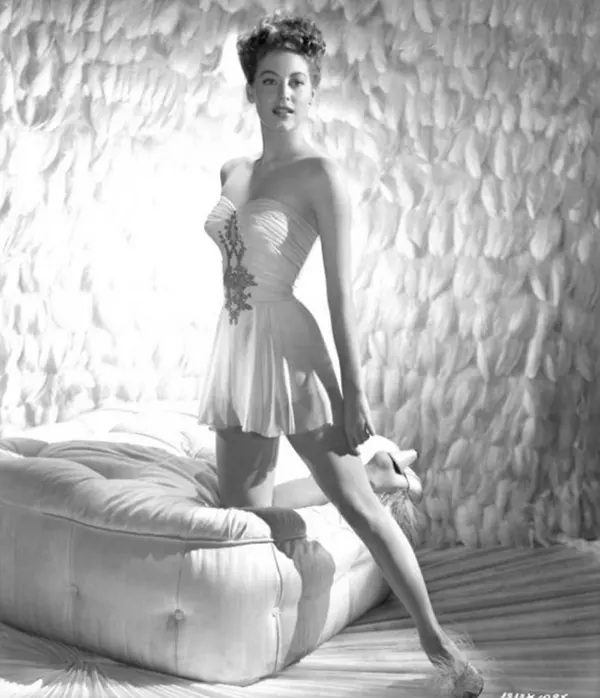 The Gardner-Sinatra marriage was tumultuous. Gardner confided to Artie Shaw, her second husband, that, “With him [Frank], it’s impossible… It’s like being with a woman. He’s so gentle. It’s as though he thinks I’ll break, as though I’m a piece of Dresden china, and he’s gonna hurt me.”
The Gardner-Sinatra marriage was tumultuous. Gardner confided to Artie Shaw, her second husband, that, “With him [Frank], it’s impossible… It’s like being with a woman. He’s so gentle. It’s as though he thinks I’ll break, as though I’m a piece of Dresden china, and he’s gonna hurt me.”
During their marriage, Gardner became pregnant twice, but aborted both pregnancies.
“MGM had all sorts of penalty clauses about their stars having babies”, according to her autobiography, which was published eight months after her death.
Following their divorce in 1957, Gardner and Sinatra remained good friends for the rest of her life.

As the years went by, Gardner’s screen appearances became less frequent. However, her legacy continued to shine brightly.
She remained an admired figure in the entertainment industry, recognized for her contributions to the golden age of Hollywood.
A bout of pneumonia, after a lifetime of smoking, coupled with her underlying condition of lupus erythematosus brought on a stroke in 1986 that left Gardner partially paralyzed.
Although she could afford her medical expenses, Sinatra wanted to pay for her visit to a specialist in the United States, and she allowed him to make the arrangements for a medically staffed private plane.
She died in January 1990, at the age of 67, of pneumonia and fibrosing alveolitis at her London home 34 Ennismore Gardens, where she had lived since 1968.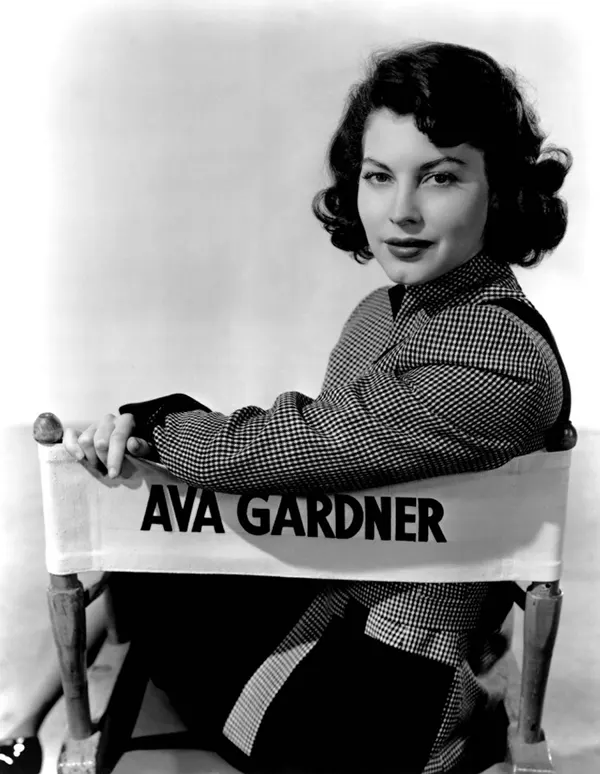 Gardner was nominated for an Academy Award for Mogambo (1953); the award was won by Audrey Hepburn for Roman Holiday.
Gardner was nominated for an Academy Award for Mogambo (1953); the award was won by Audrey Hepburn for Roman Holiday.
Her performance as Maxine Faulk in The Night of the Iguana (1964) was well-reviewed, and she was nominated for a BAFTA Award and a Golden Globe.
Additionally, Ava Gardner won the Silver Shell for Best Actress at the San Sebastián International Film Festival in 1964 for her performance in The Night of the Iguana.
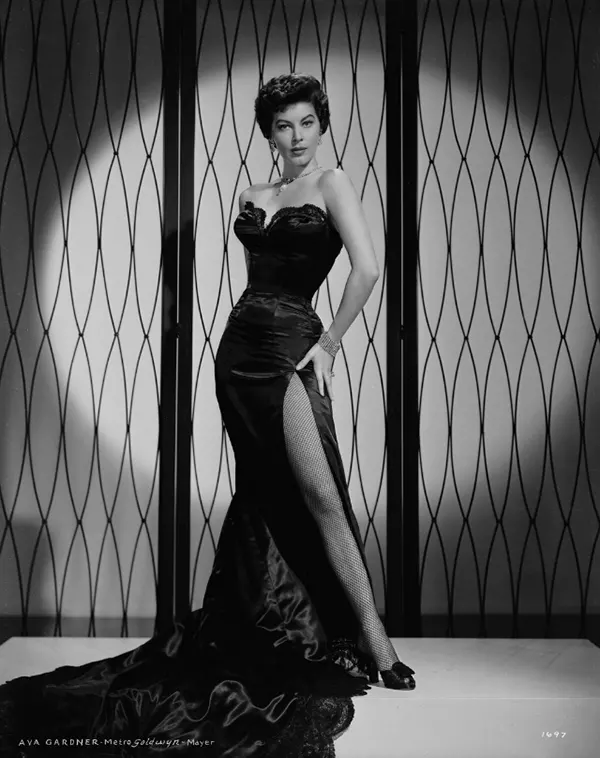
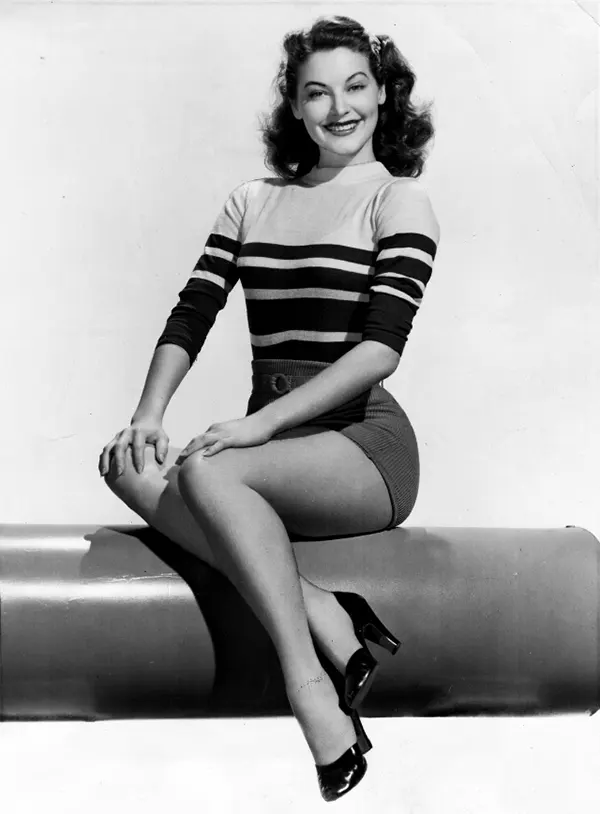
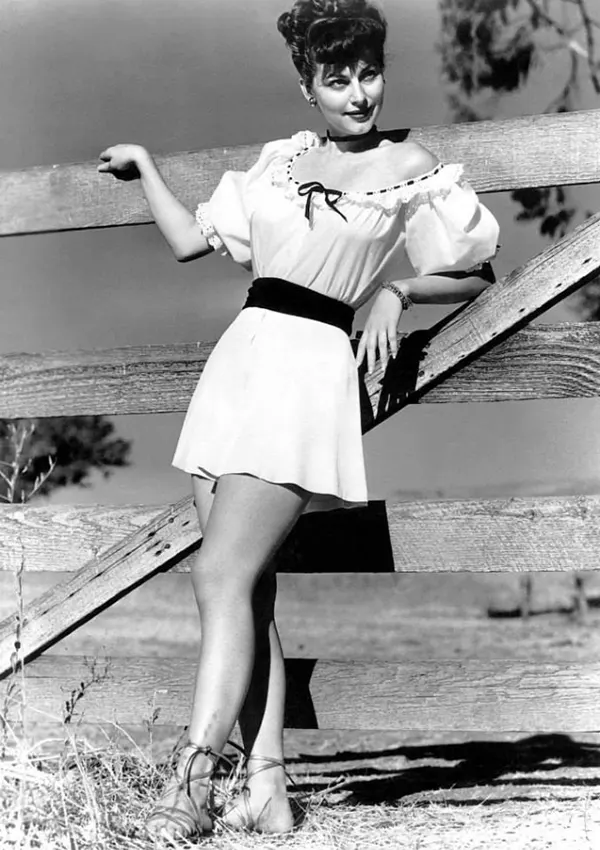
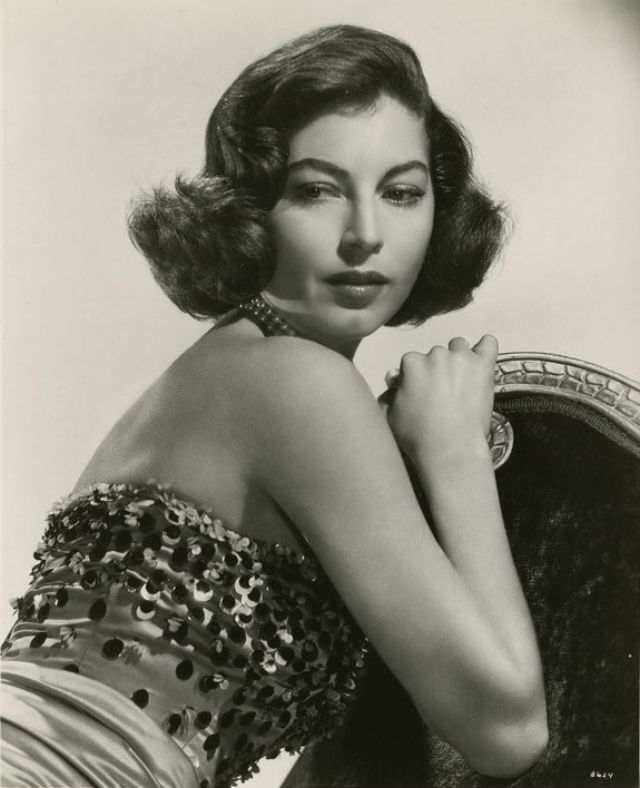
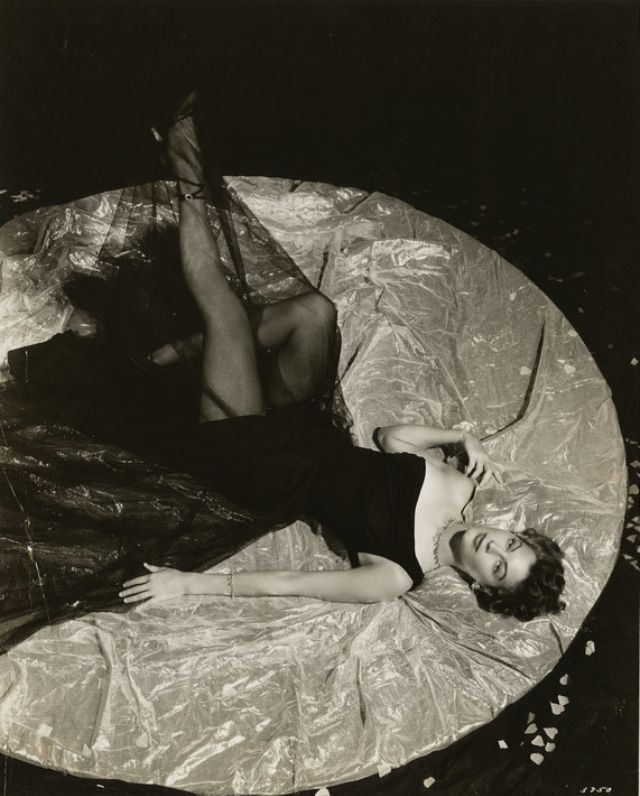
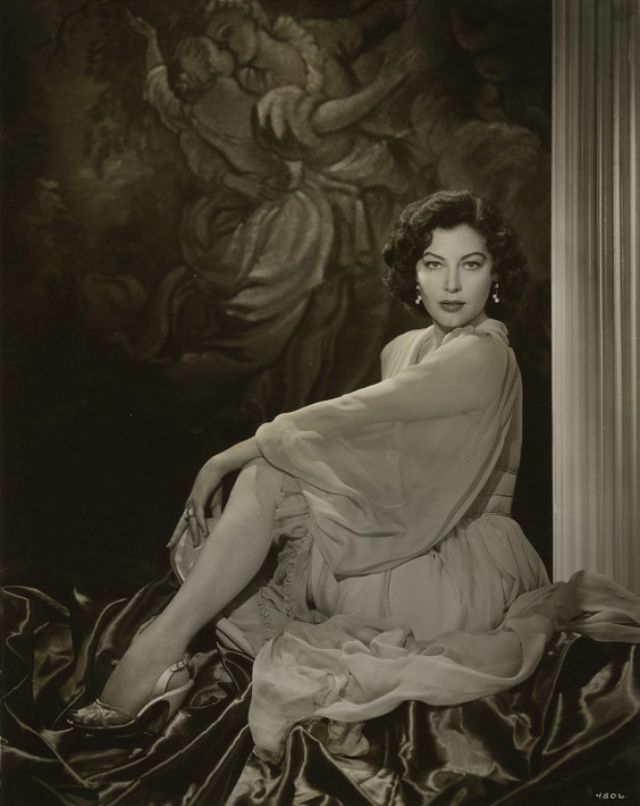
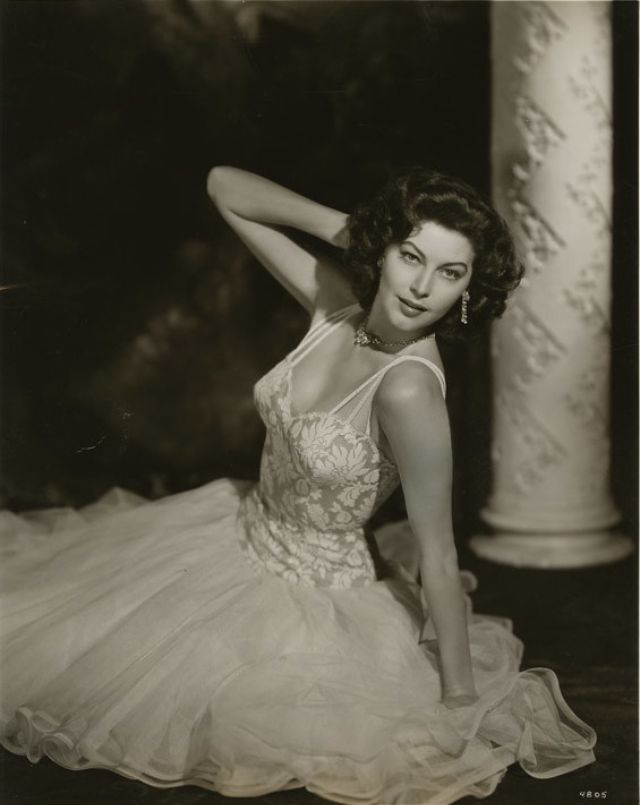
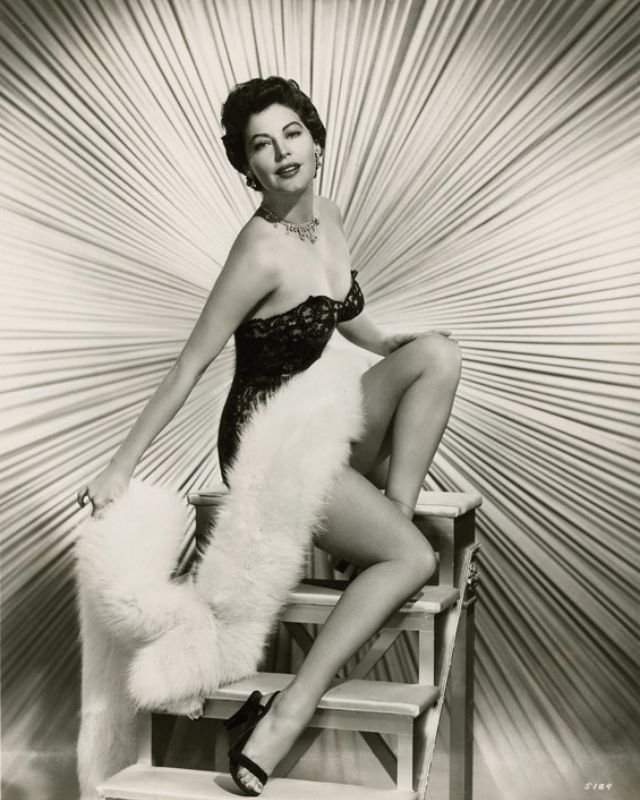
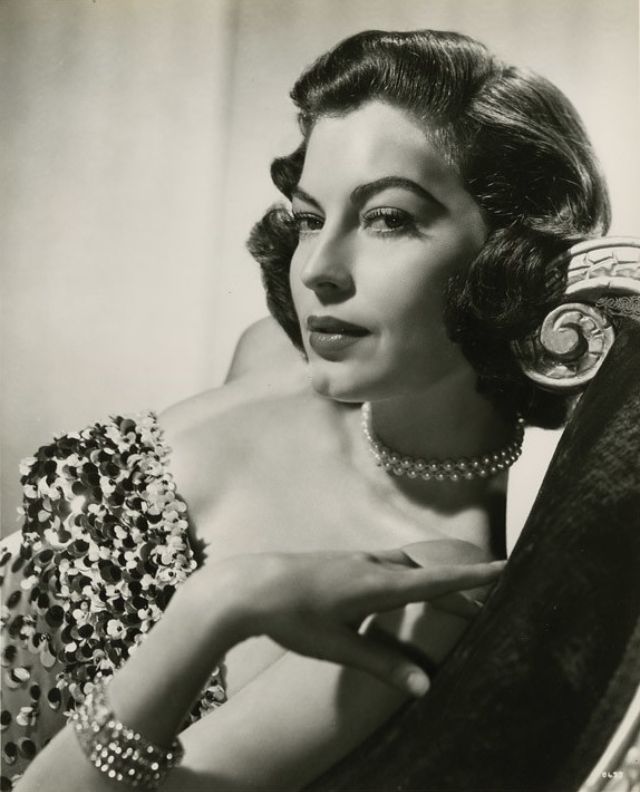
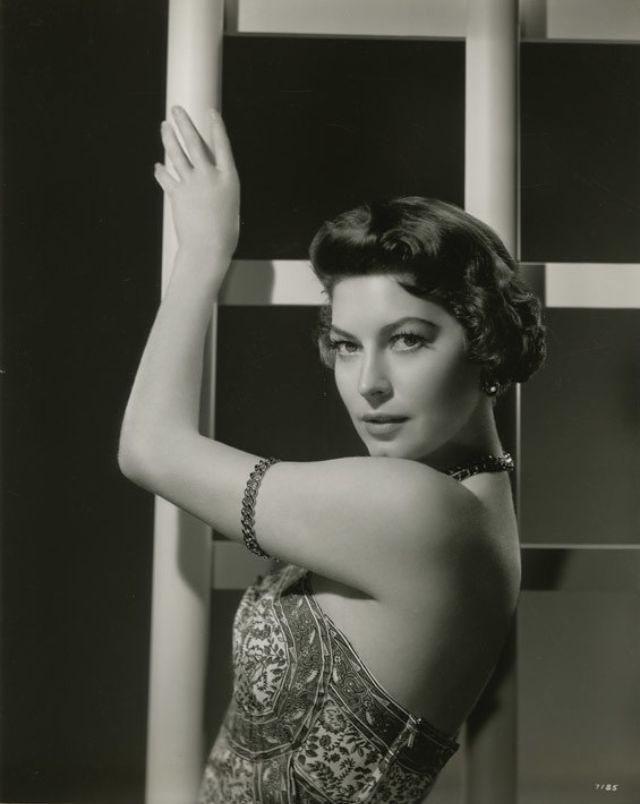
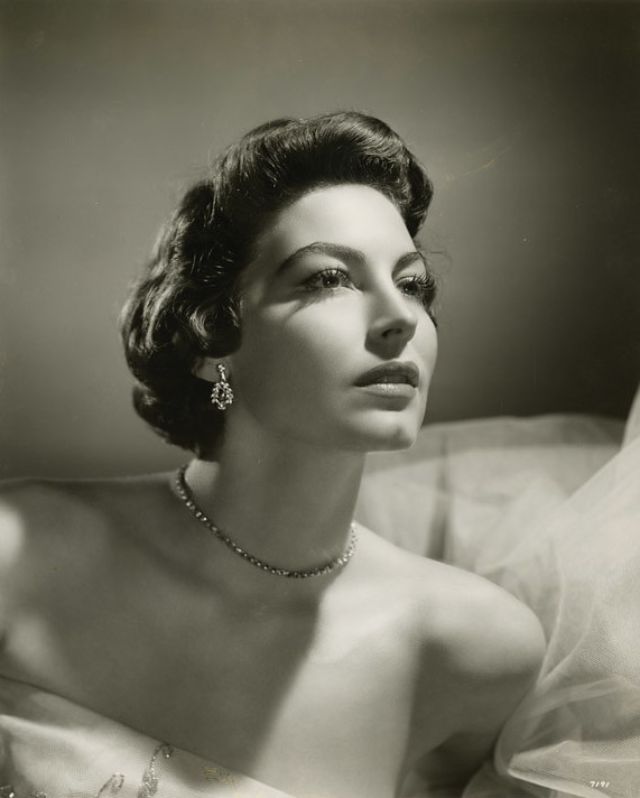

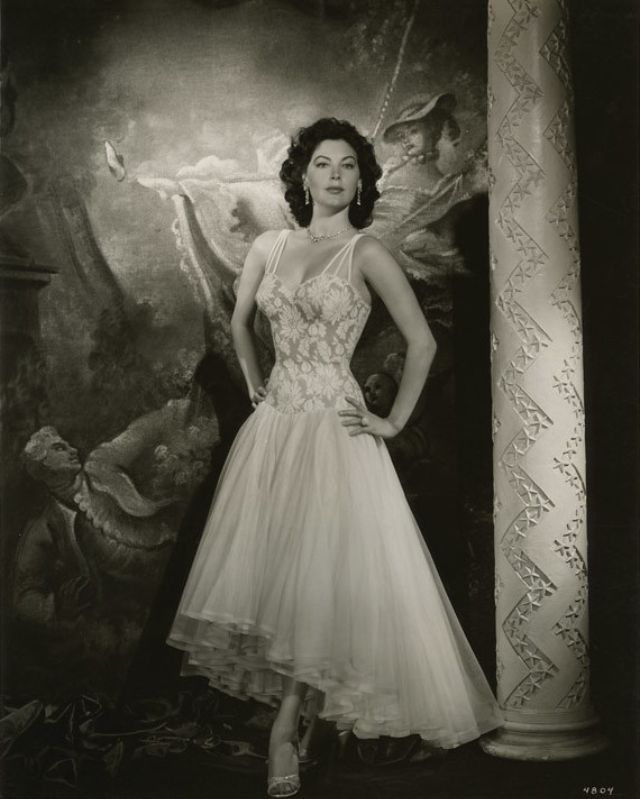
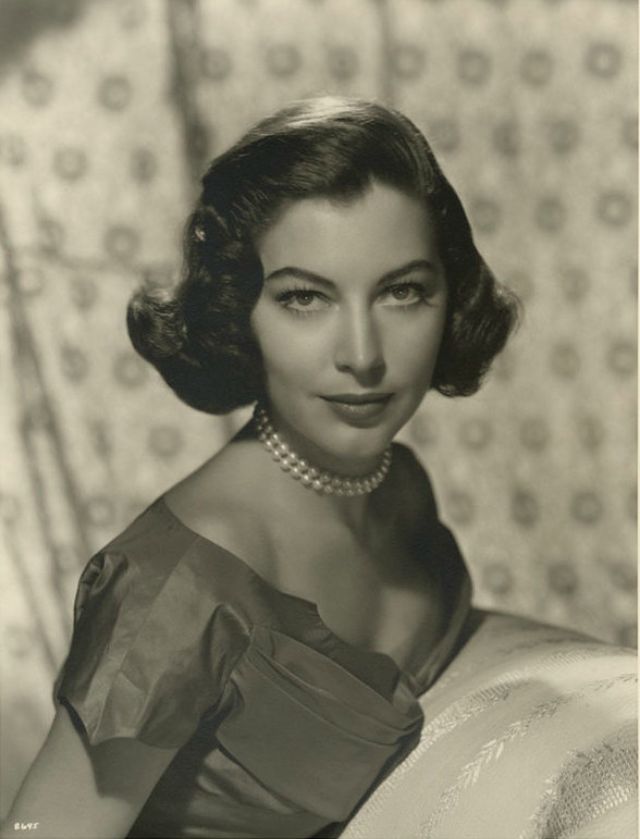
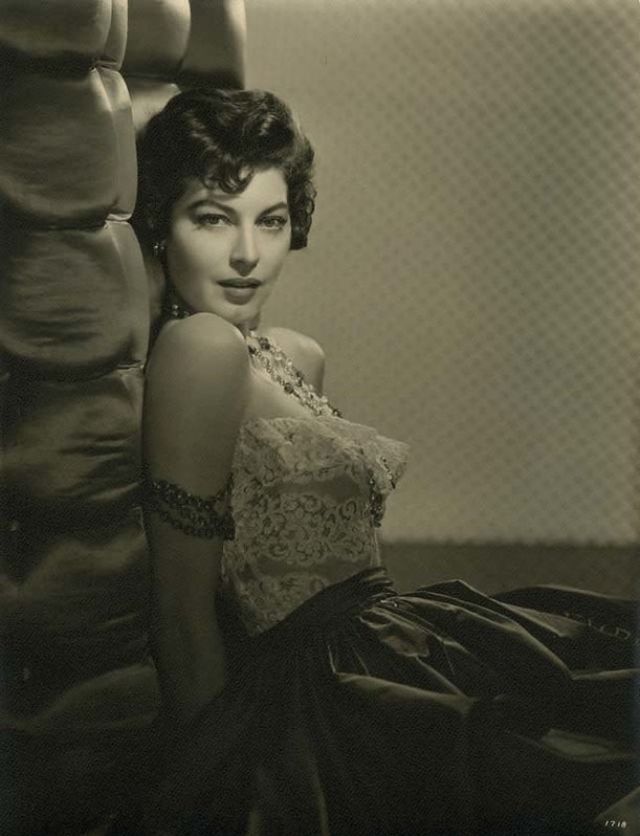
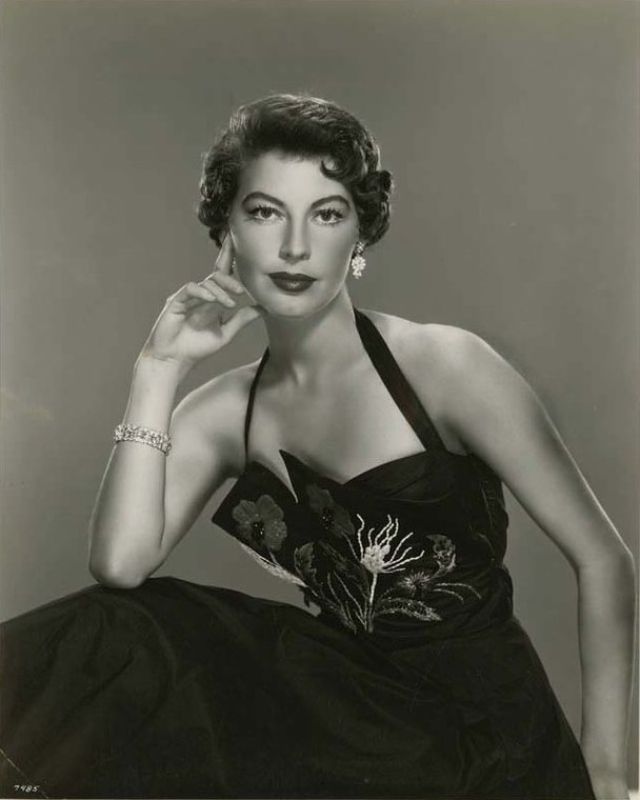

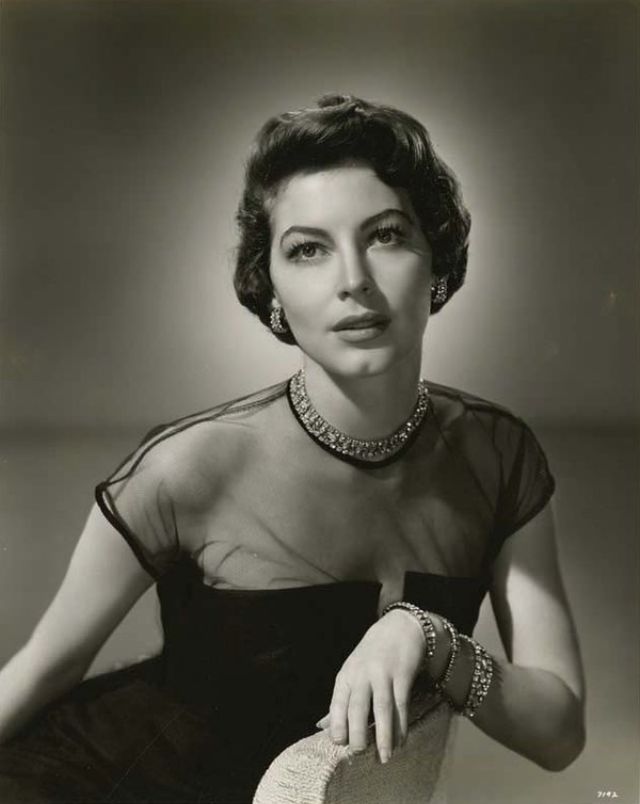


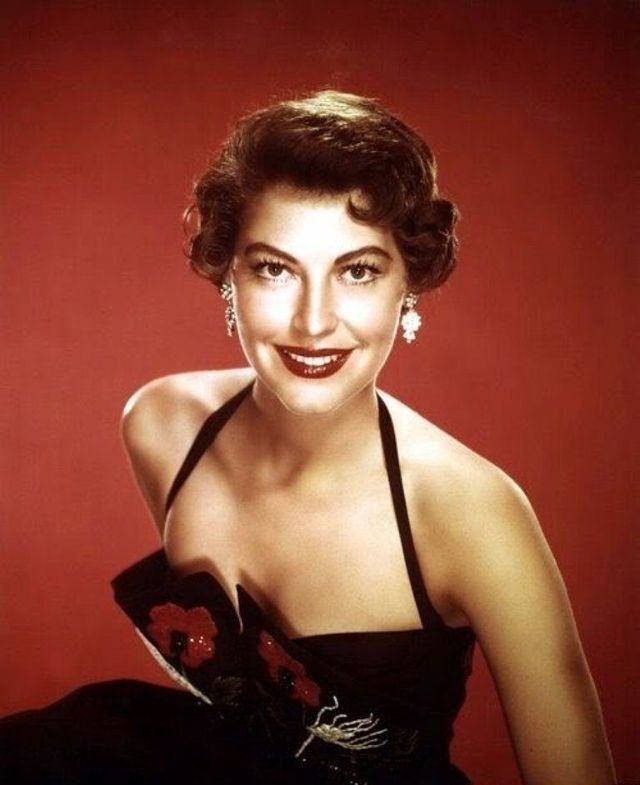

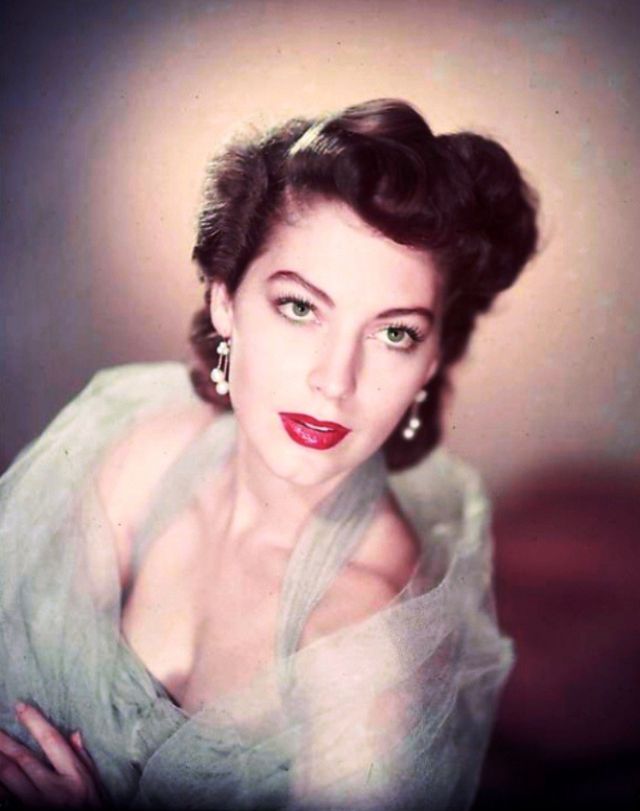
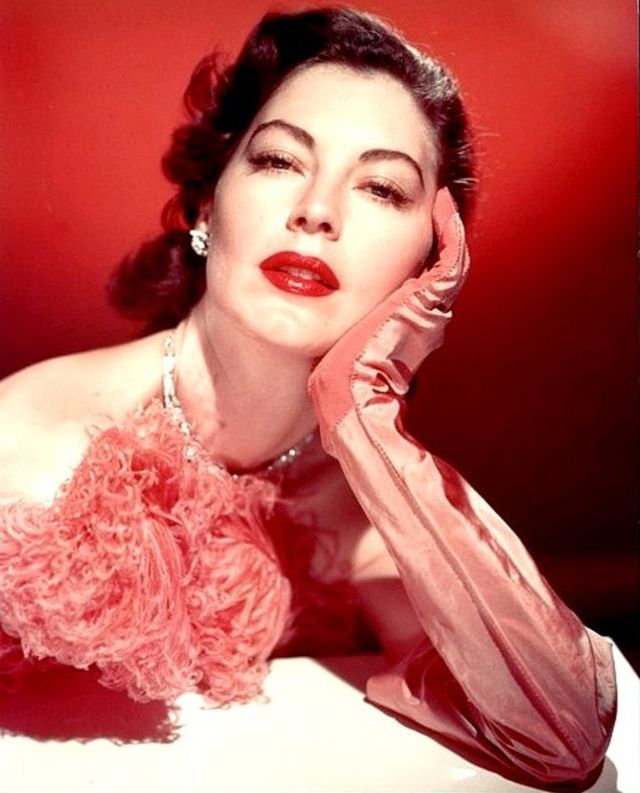
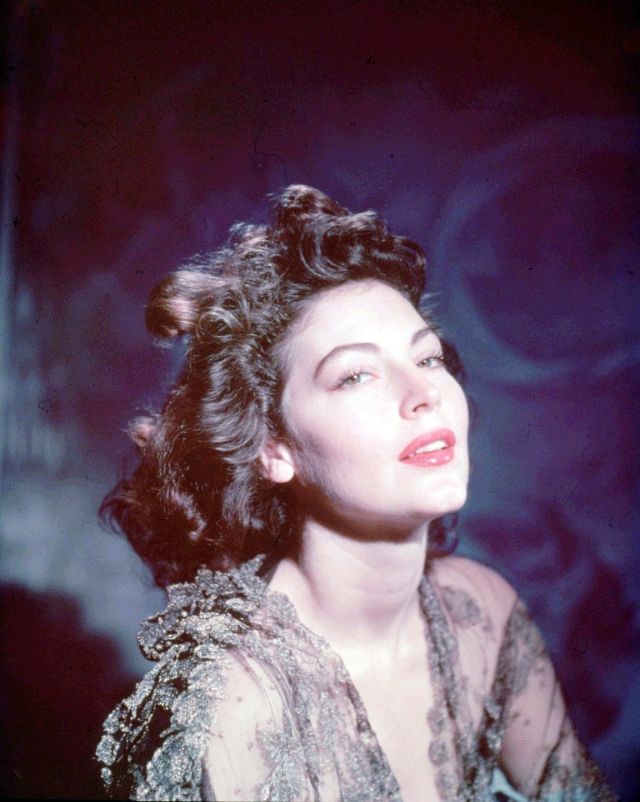
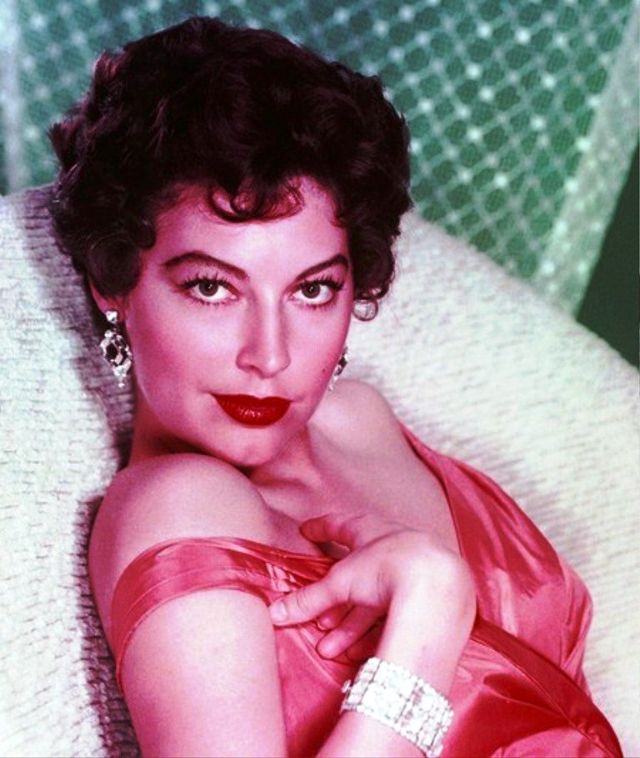


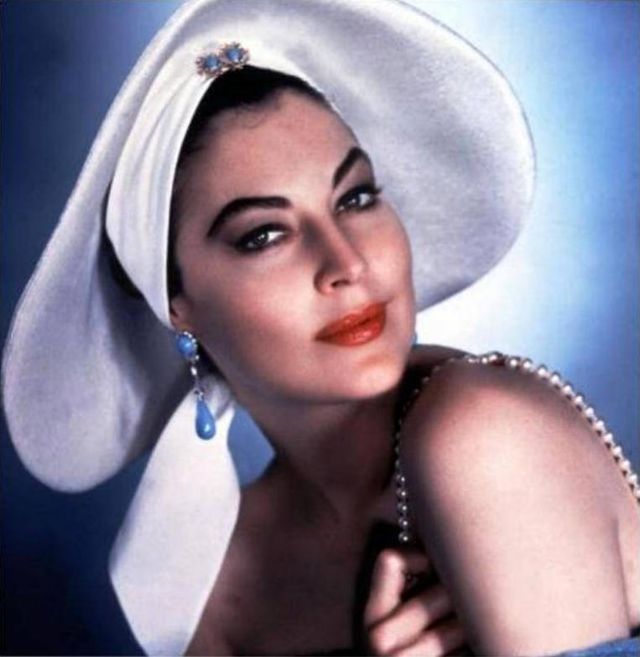
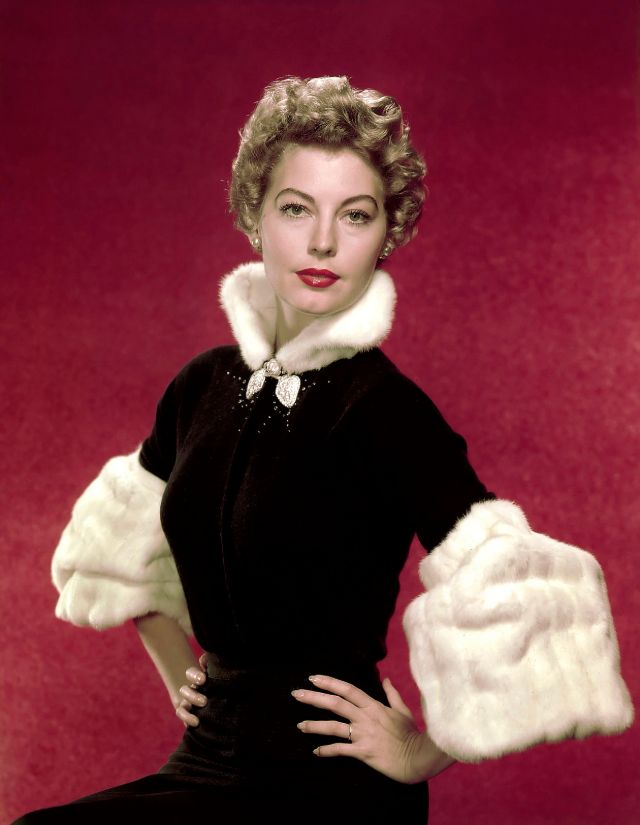
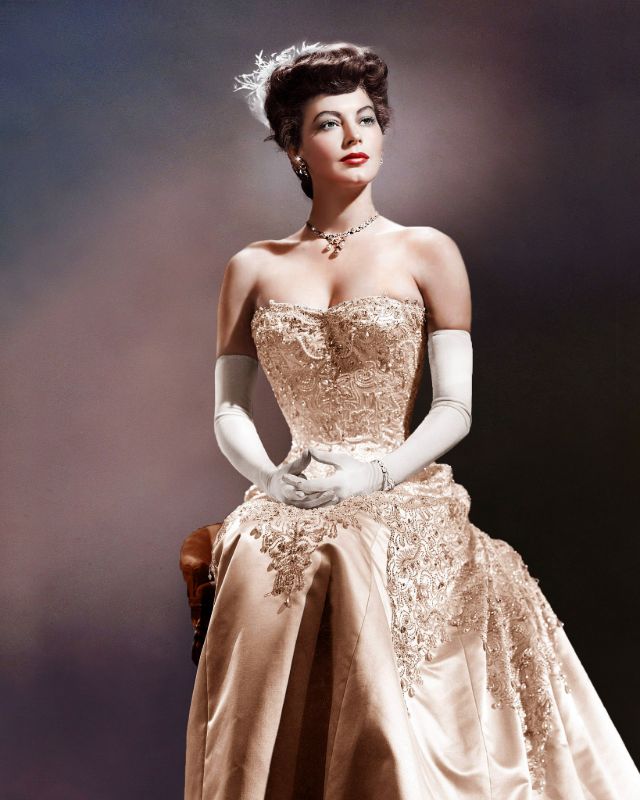
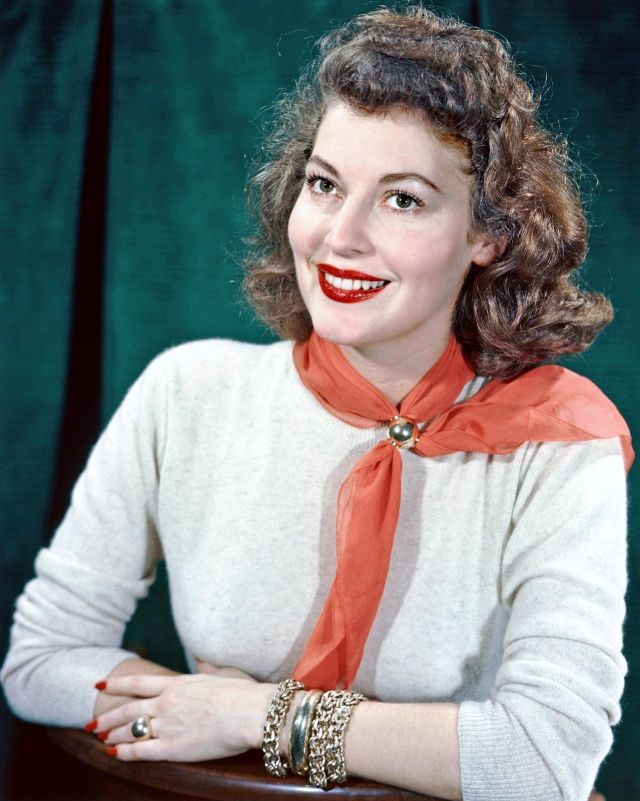
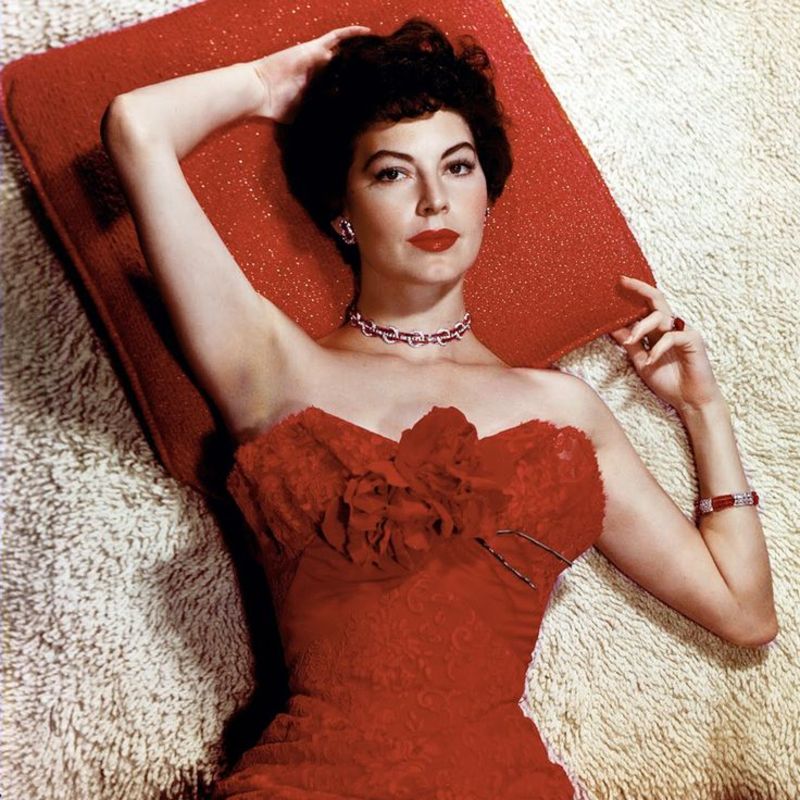
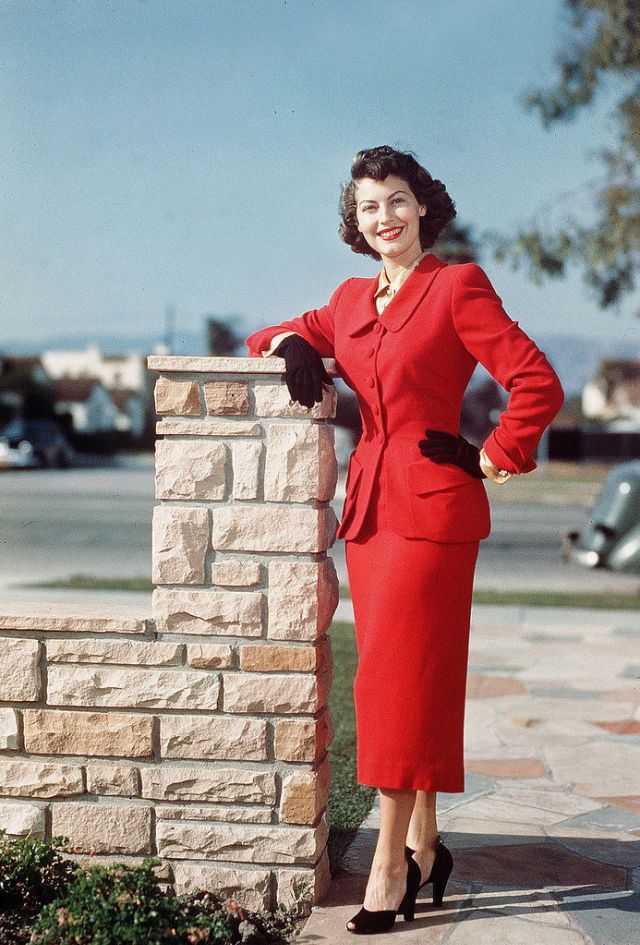
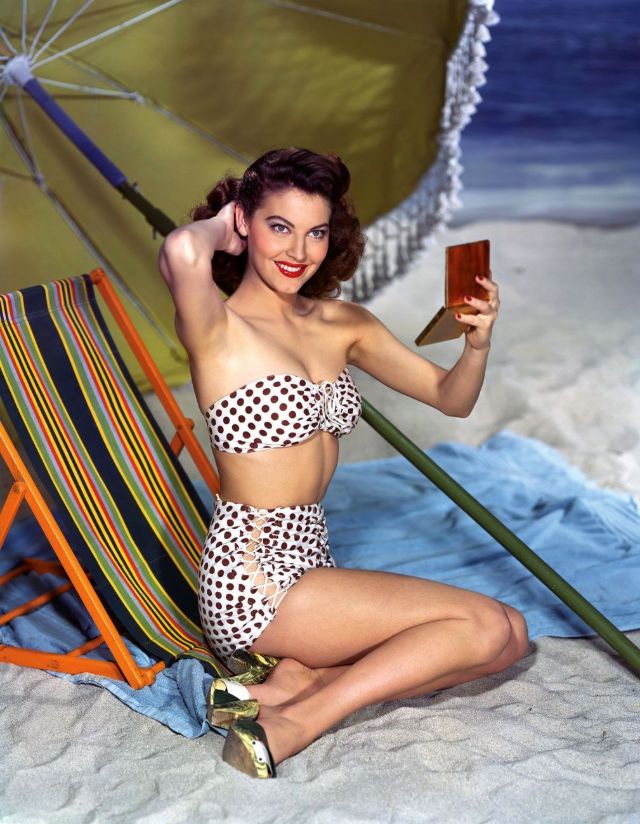

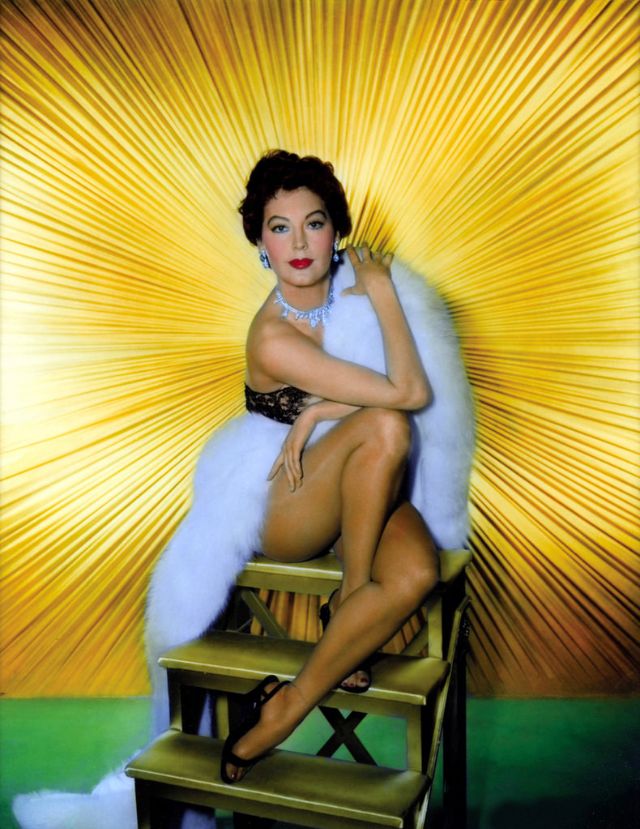

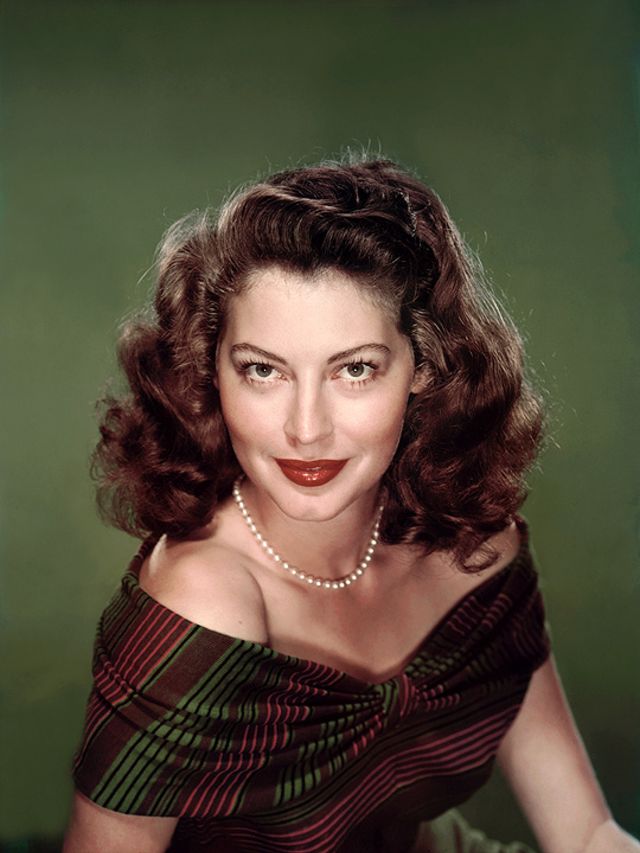

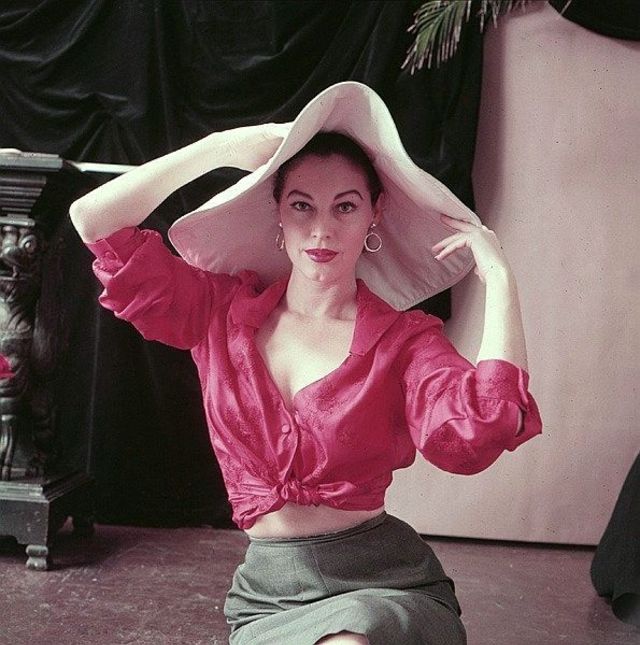
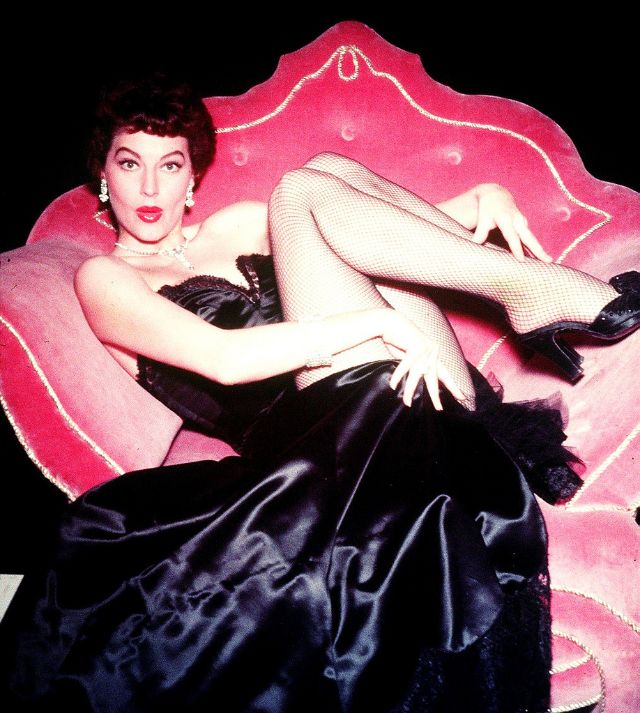
Rare Vintage Photos of Teenager Ava Gardner in the 1930s
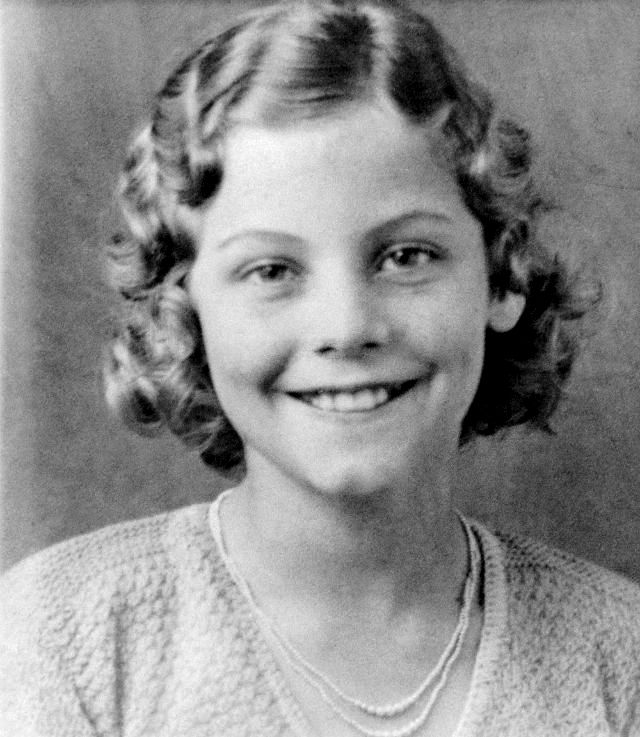


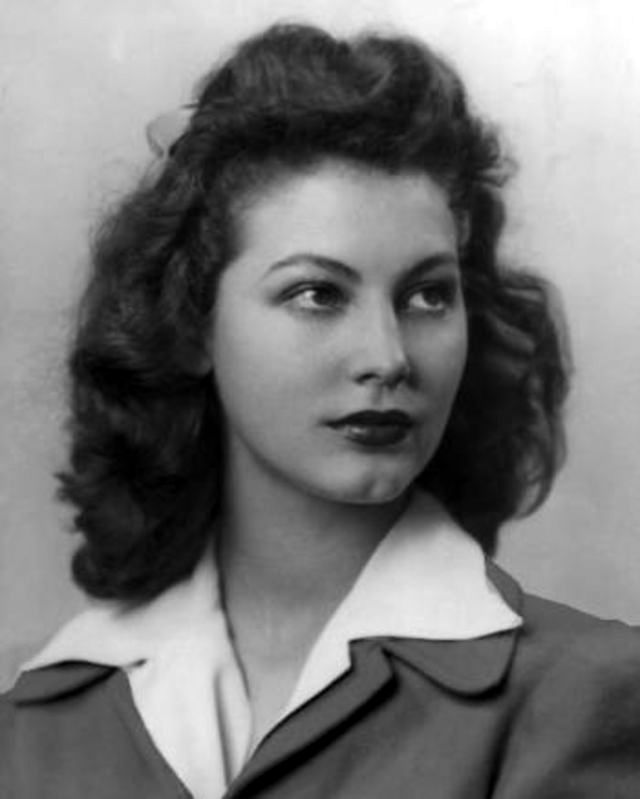
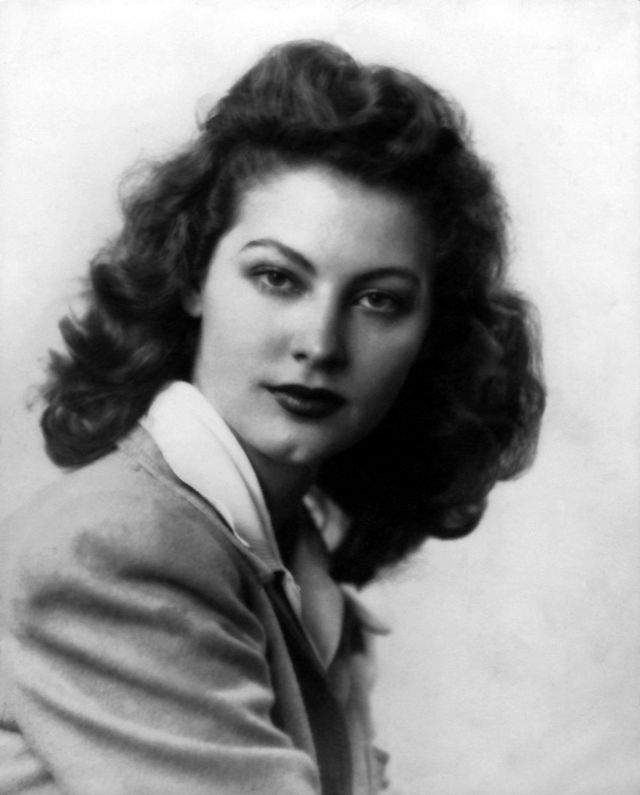
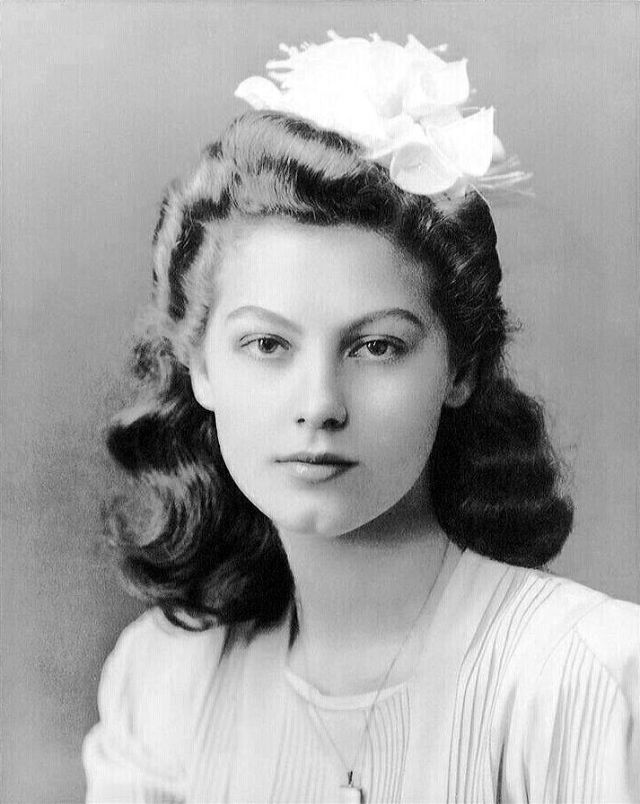

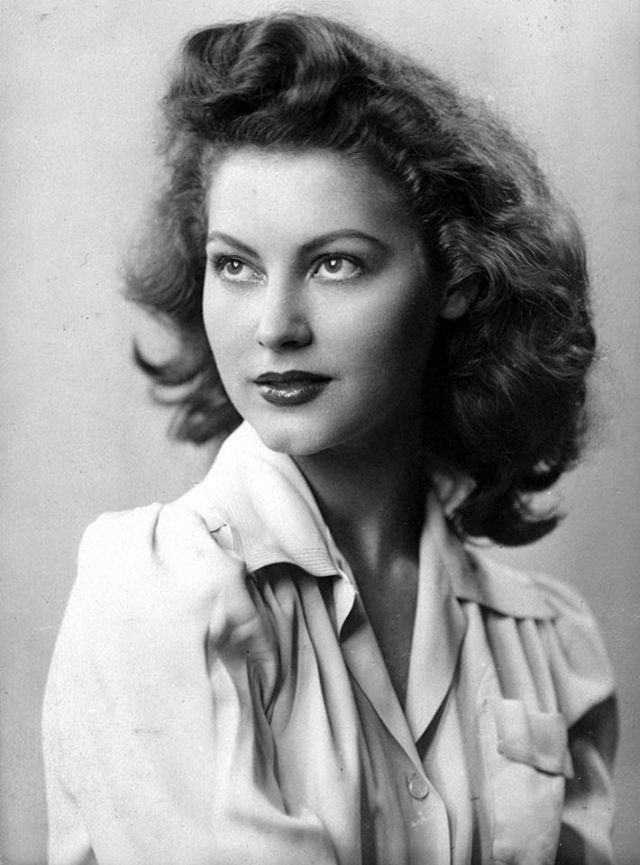
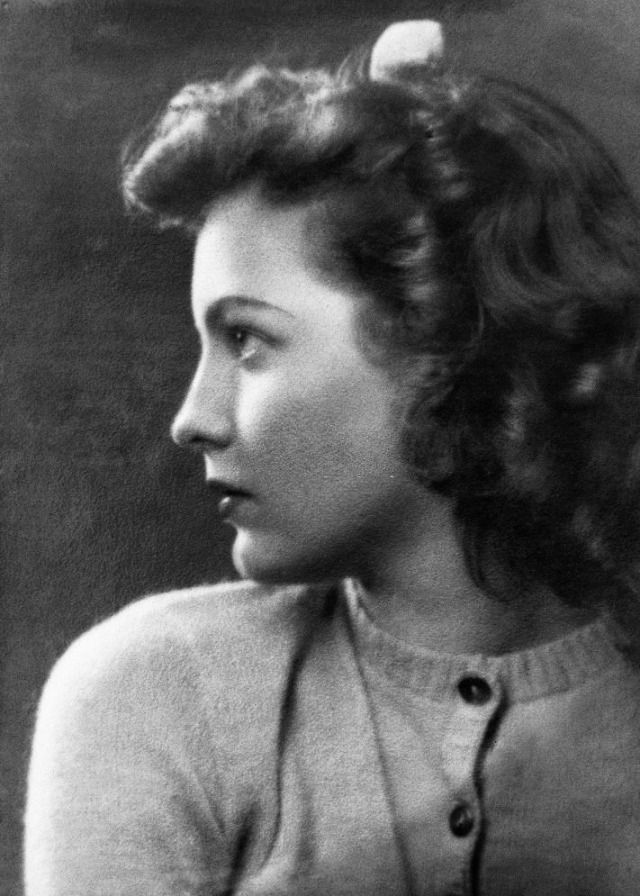
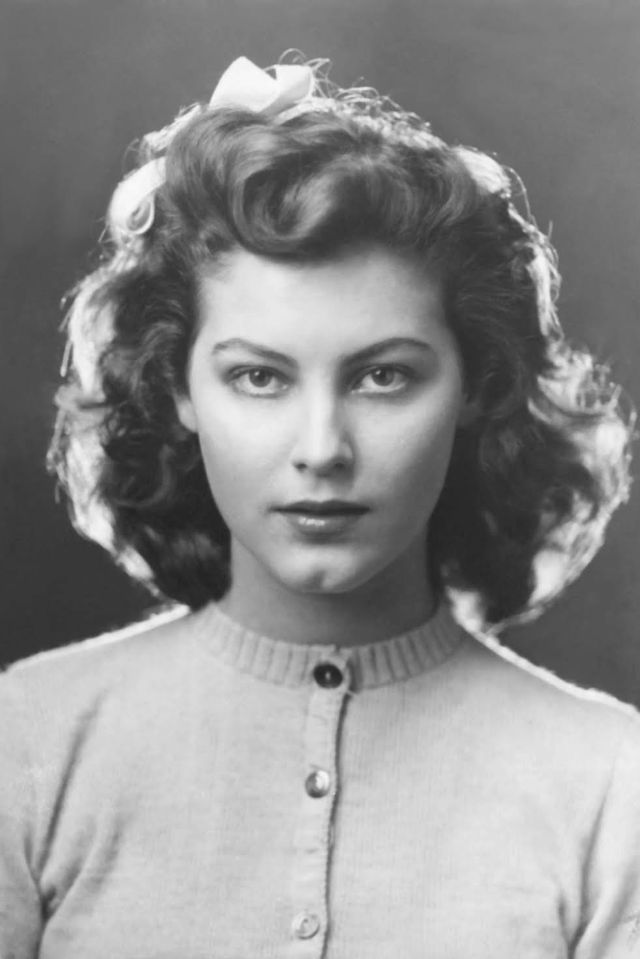

(Photo credit: Pinterest / Wikimedia Commons).
-1700483936.jpg)


